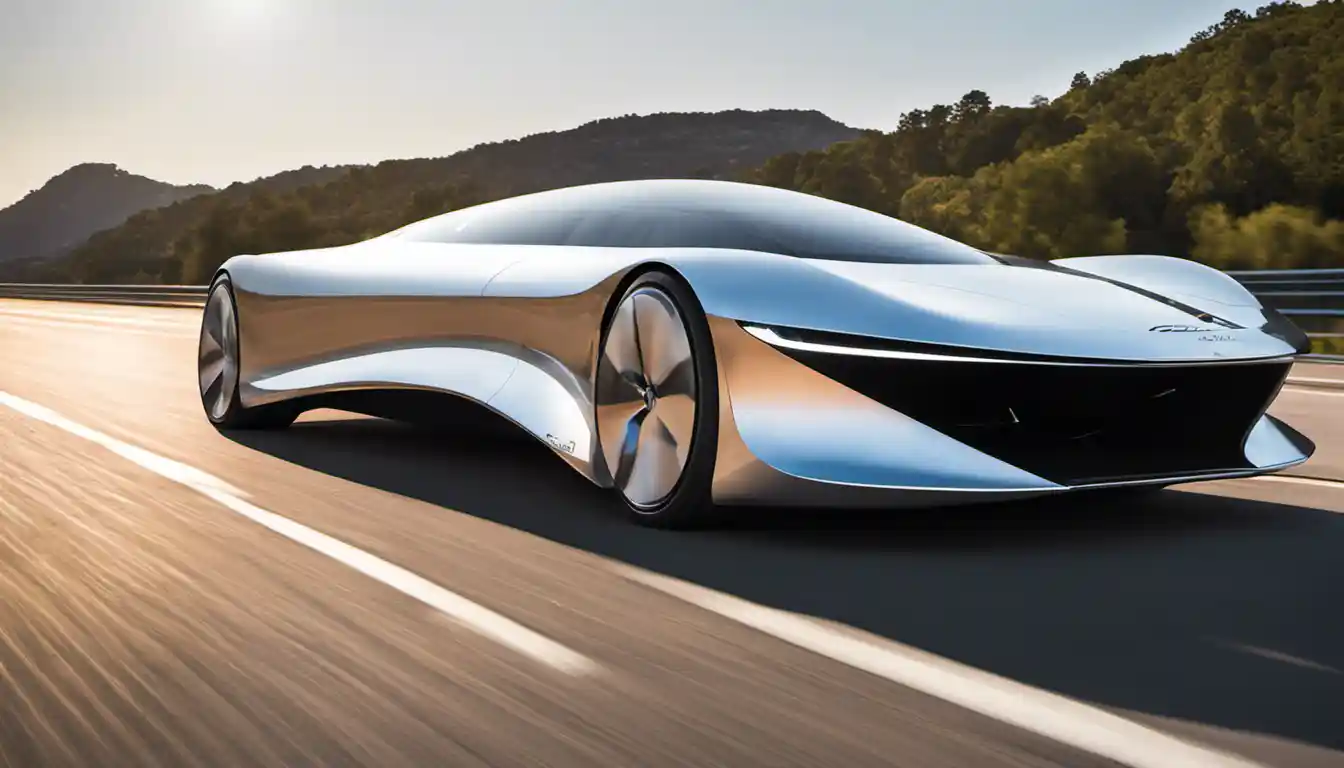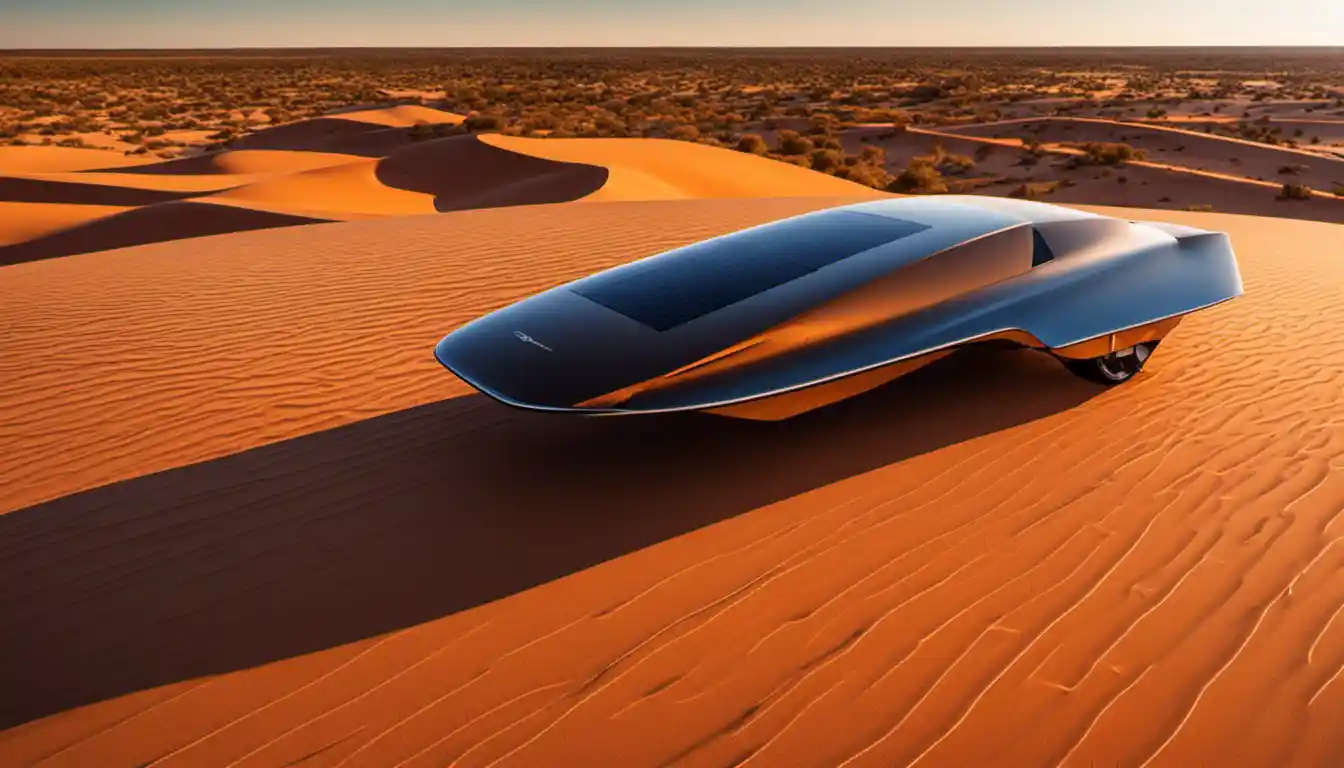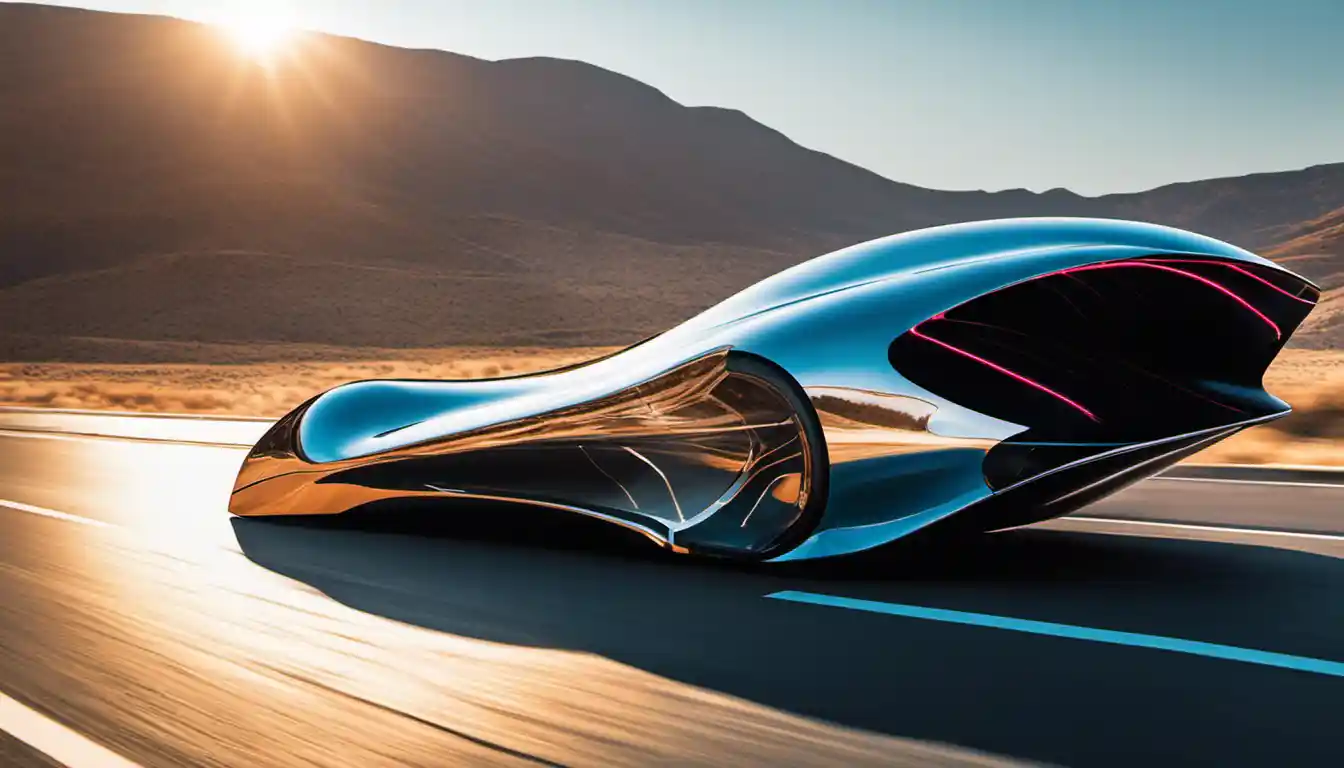Introduction to solar cars
The speed of solar cars can vary depending on their design and the amount of sunlight they get. However, the fastest solar-powered car currently is the Lightyear One, which can reach speeds of up to 99 mph. The average solar car is typically capable of going about 40-50 mph.
Solar cars are, as the name implies, powered by solar energy. This is harnessed from the sun, converted into electricity through photovoltaic cells, which is stored in batteries and used to power the car’s motor. It’s a brilliant idea that marries two naturally compatible concepts: automobiles and renewable energy.
The workings of a solar car
The main components of a solar car are the solar panels, the battery, and the motor. Solar panels are used to capture sunlight and convert it into electricity, which is then stored in the battery. The battery, in turn, is hooked up to the motor, and powers the vehicle. It’s a simple and clean energy process that distances us from the harmful environmentally-damaging fossil fuel consumption we’ve grown accustomed to.
Evolution of solar cars with time
Solar cars have certainly evolved since their inception. They were once criticised for being slow and impractical, but these days, thanks to advancements in technology and design, they’re hitting speeds that were once considered unattainable. We’re looking forward to the day in the not-too-distant future when we’ll be driving solar cars on a daily basis without a second thought.
Factors affecting the speed of solar cars
There are several factors that can affect how fast a solar car can go. Let’s dig into them:
Design and weight of solar cars

The design of a solar car is a key factor in how fast it can go. Lightweight materials and aerodynamic shapes are usually used to construct the body of the car, helping to optimise speed. It’s a balance between strength and weight, and solar car designers have made big strides in this area.
Solar panel efficiency and output
The efficiency of the solar panels is another important factor. More efficient panels are able to convert more solar energy into electricity, allowing the car to go faster.
Battery size and efficiency
The size and efficiency of the battery also play a role. A larger, more efficient battery is able to store more electricity, which means the car can travel at higher speeds for longer periods of time.
The potential speed of solar cars: An appraisal
When we start to consider how fast solar cars can go, their actual performance has been promising.
Actual speed records of solar cars

The Dutch-made Nuna 9 holds the world record, reaching an impressive 91 km/h (roughly 56 mph) on average over a 3,000 km race through the Australian Outback in 2017. Then there’s the more recent Lightyear One, boasting an exceptional 99 mph. The advancements are clear as day.
Guinness World Speed Record for a solar-powered car
The “what is the Guinness world speed record for a solar powered car” search is quite popular among alternative energy enthusiasts. The answer is that the record is held by a car named Sunswift IV from the University of New South Wales in Australia. It reached a staggering speed of 88.5 km/h in 2011, a milestone in solar car history.
The role of technology in increasing solar car speed
While we have seen some impressive speeds, continuous technological advancements promise even more.
Use of advanced technology in solar cars
Today’s solar cars utilize cutting-edge technology at every turn. From the advanced photovoltaic cells in their solar panels to the efficient batteries designed to store the converted energy, there’s a cascade of technology propelling these cars forward. Today’s motors are also far more efficient than the early prototypes, translating more of that stored energy into forward motion.
Innovative materials and coatings affecting car speed

The weight and drag of a car can dramatically affect how fast it can go. Today’s solar cars use lightweight, aerodynamic materials that reduce drag and increase speed. Some are employing innovative coatings to both increase panel efficiency and provide a sleeker surface for better speed.
Future predictions for the speed of solar cars
As the technology continues to evolve, we can expect solar cars to get even faster.
Speed expectations from commercially available solar cars
In the future, we can expect commercially available solar cars to be faster than they are today. Considering the vast improvements we’ve seen in the last couple of decades, there’s no reason to assume this trend will fade. We’re looking forward to seeing how the marriage of solar innovation and automotive ingenuity continues to push these eco-friendly vehicles beyond expectation.
Impact of ongoing technological advancements
Continuous technological advancements, particularly in the field of battery efficiency, solar cell technology, and car design, promise a bright future for solar cars. The day when a solar car that is as speedy as its traditional counterparts isn’t far off.
In conclusion, asking “How fast can solar cars go?” runs deeper than a straightforward number. It’s an exploration into the link between clean energy and transportation, a celebration of greener pursuits, and above all – a salute to innovation and the human spirit. There is no limit to the brilliance that can illuminate when we commit to fostering a healthier planet.



